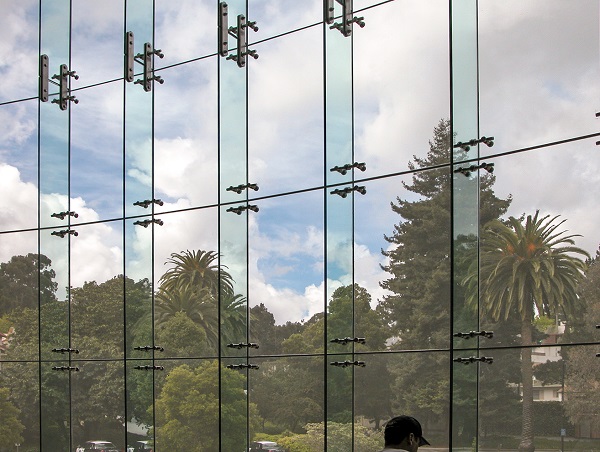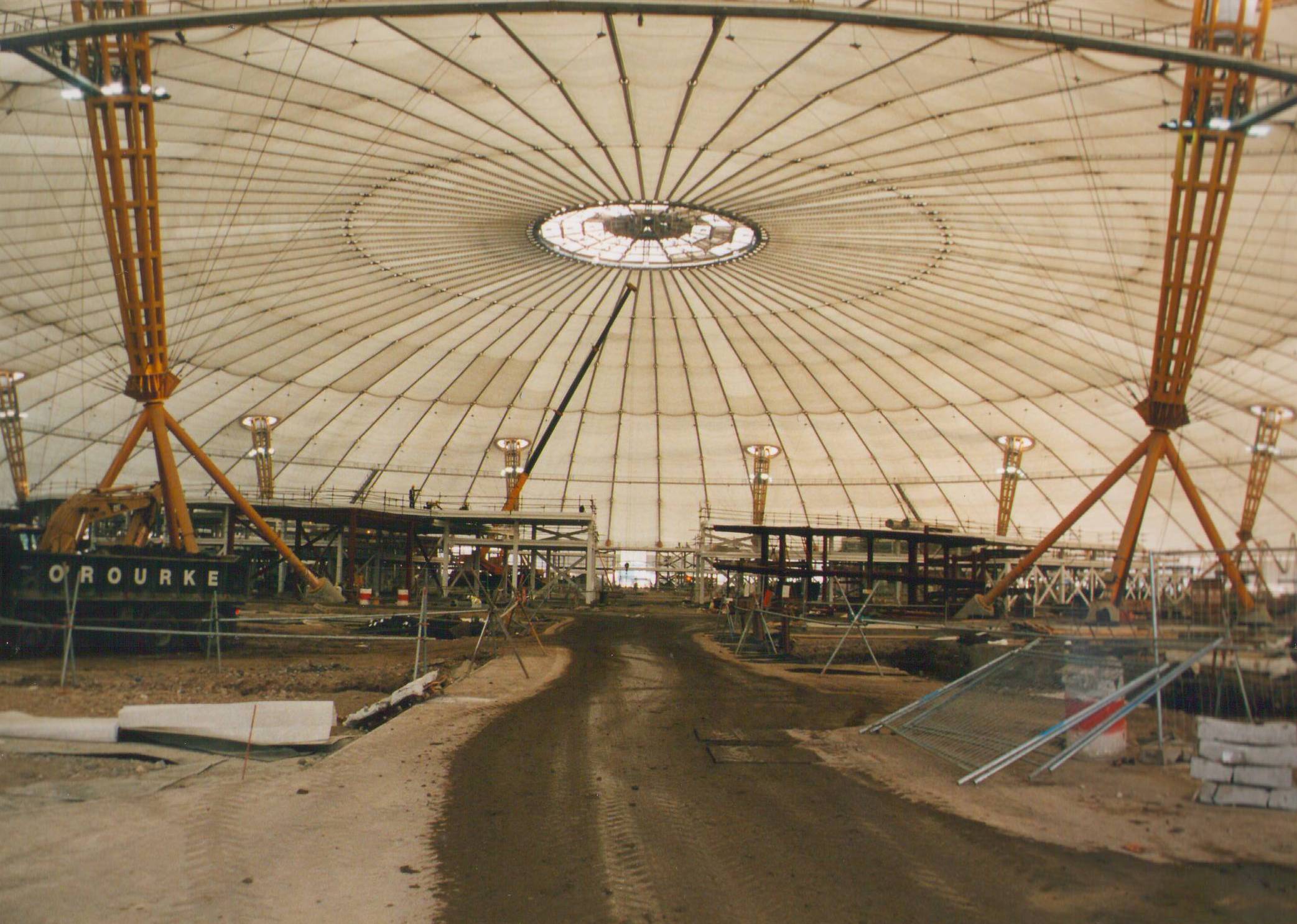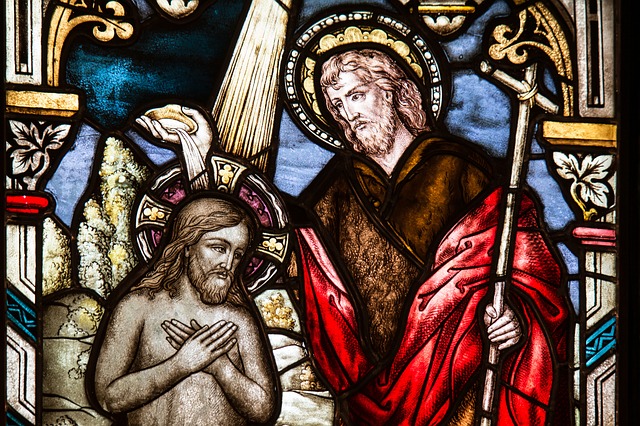Types of glass

|

|

|

|
Glass is an amorphous (non-crystalline) solid made from sand that displays a glass transition near its melting point which is around 1,700°C (3,090°F). This means that material transforms from a hard and brittle state into a molten state, or vice versa depending on whether the glass transition temperature is the melting or solidifying point. An amorphous solid has some of the crystalline order of a solid and some of the random molecular structure of a liquid.
Silicate glass is the most common form, which consists mainly of silica or silicon dioxide, SiO2. Impurities or additional elements and compounds added to the silicate change the colour and other properties of the glass.
Glass is a very commonly used material because, whilst still molten, it can be manipulated into forms suitable for a very wide range of different uses, from packaging and household objects to car windscreens, windows, and so on.
For more information see: Glass.
Types of glass include:
- Annealed glass.
- Broad glass.
- Cast plate.
- Cristallo.
- Crown glass.
- Curved glass.
- Cylinder glass.
- Decorative glass.
- Dichroic glass.
- Drawn flat sheet.
- Drawn glass.
- Environmental protective glazing.
- Façon de Venise.
- Flint glass.
- Float glass.
- Forest glass.
- Fully tempered glass.
- Heat soaked tempered glass.
- Heat strengthened glass.
- HLLA glass.
- Horticultural glass.
- Kiln-distorted glass.
- Kiln-formed glass.
- Laminated glass.
- Lead glass.
- Leaded glass.
- Low-emissivity glass.
- Mixed-alkali glass.
- Obsidian.
- Patent plate glass.
- Plate glass.
- Potash glass.
- Prismatic glass.
- Self-cleaning glass.
- Soda-lime glass.
- Stained glass.
- Structural membranes.
- Vitrolite.
- Wired glass.
- Glass block flooring.
- Glass block wall.
- Glass blowing.
- Glass fibre.
- Patent glazing.
- The history of glass in the UK and Ireland.
[edit] Related articles on Designing Buildings
Featured articles and news
Construction Skills Mission Board launch sector drive
Newly formed government and industry collaboration set strategy for recruiting an additional 100,000 construction workers a year.
New Architects Code comes into effect in September 2025
ARB Architects Code of Conduct and Practice available with ongoing consultation regarding guidance.
Welsh Skills Body (Medr) launches ambitious plan
The new skills body brings together funding and regulation of tertiary education and research for the devolved nation.
Paul Gandy FCIOB announced as next CIOB President
Former Tilbury Douglas CEO takes helm.
UK Infrastructure: A 10 Year Strategy. In brief with reactions
With the National Infrastructure and Service Transformation Authority (NISTA).
Ebenezer Howard: inventor of the garden city. Book review.
The Grenfell Tower fire, eight years on
A time to pause and reflect as Dubai tower block fire reported just before anniversary.
Airtightness Topic Guide BSRIA TG 27/2025
Explaining the basics of airtightness, what it is, why it's important, when it's required and how it's carried out.
Construction contract awards hit lowest point of 2025
Plummeting for second consecutive month, intensifying concerns for housing and infrastructure goals.
Understanding Mental Health in the Built Environment 2025
Examining the state of mental health in construction, shedding light on levels of stress, anxiety and depression.
The benefits of engaging with insulation manufacturers
When considering ground floor constructions.
Lighting Industry endorses Blueprint for Electrification
The Lighting Industry Association fully supports the ECA Blueprint as a timely, urgent call to action.
BSRIA Sentinel Clerk of Works Training Case Study
Strengthening expertise to enhance service delivery with integrated cutting-edge industry knowledge.
Impact report from the Supply Chain Sustainability School
Free sustainability skills, training and support delivered to thousands of UK companies to help cut carbon.
The Building Safety Forum at the Installershow 2025
With speakers confirmed for 24 June as part of Building Safety Week.
The UK’s largest air pollution campaign.
Future Homes Standard, now includes solar, but what else?
Will the new standard, due to in the Autumn, go far enough in terms of performance ?
BSRIA Briefing: Cleaner Air, Better tomorrow
A look back at issues relating to inside and outside air quality, discussed during the BSRIA briefing in 2023.
Restoring Abbotsford's hothouse
Bringing the writer Walter Scott's garden to life.
Reflections on the spending review with CIAT.

























